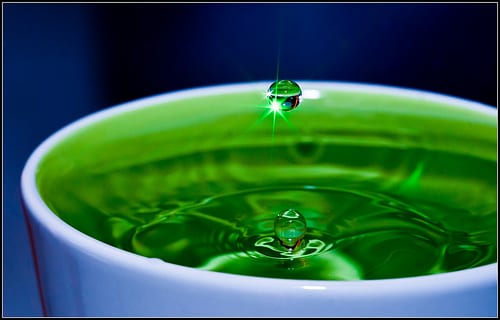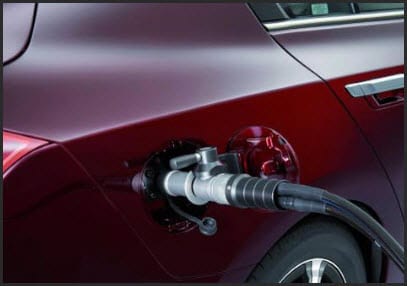
MSU researchers produce ethanol and hydrogen through the use of bacteria
July 17, 2012Fuel production approach mimics nature
Researchers from the Michigan State University (MSU) have taken a new approach to the production of hydrogen and ethanol fuels. Researchers have taken to mimicking nature, hoping that the natural world will unlock new ways to efficiently produce fuels in large quantities. Through this methodology, researchers have cultured a pair of bacteria that can grow synergistically. Ethanol and hydrogen are produced through this process, the latter of which is created by a bacterium that generates its own electric charge.
Researchers use electron-producing bacterium to generate hydrogen
The team of researchers from the university have extensive experience with this particular bacterium, known as geobacter sulfurreducens. The bacterium is often used in developing bioelectrochemical systems, such as microbial fuel cells. MSU microbiologist Gemma Reguera notes that the bacterium always produces ethanol and something else – commonly acids that are meant to make the organism’s environment more accommodating of fermentation. By manipulating the organic biomass that is used to feed these organisms, researchers have found a way to slow the production of ethanol and acids and promote the electron-producing capabilities of the bacterium.
Electrons spur chemical reactions that produce hydrogen gas
In a laboratory setting, the electrons produced by the geobacter organism are transferred through a wire that leads into another chamber where hydrogen gas is generated. The electrons charge the water that is stored in this chamber and spark a chemical reaction that produces hydrogen gas. This gas can then be used in a fuel cell to generate electricity.
Process prepared for scaling
In-depth details of the process are outlined in the paper “Consolidated Bioprocessing of AFEX-Pretreated Corn Stover to Ethanol and Hydrogen in a Microbial Electrolysis Cell,” which is published in the current issue of Environmental Science and Technology. Reguera notes that since the paper was published, the MSU research team has made significant progress on the projects and that it could begin to be scaled up if it receives adequate funding.
Related article(s) and resources:



 With over 15 years of reporting hydrogen news, we are your premier source for the latest updates and insights in hydrogen and renewable energy.
With over 15 years of reporting hydrogen news, we are your premier source for the latest updates and insights in hydrogen and renewable energy.